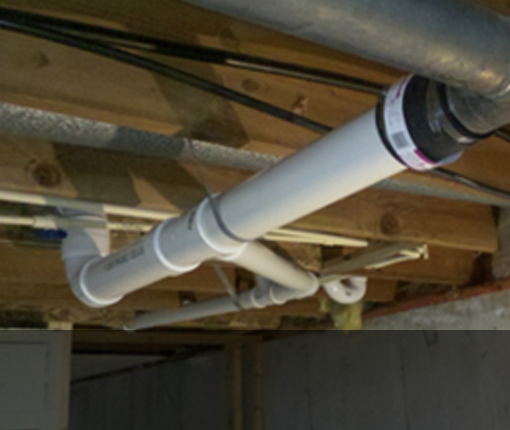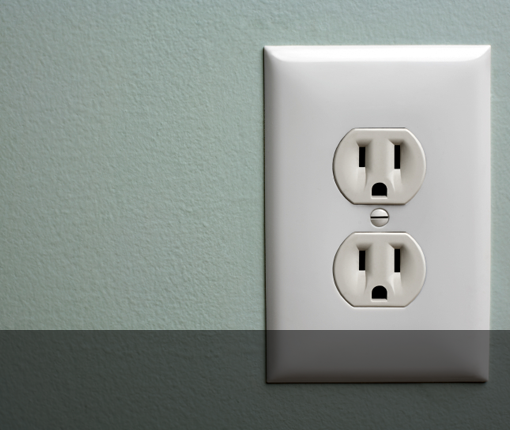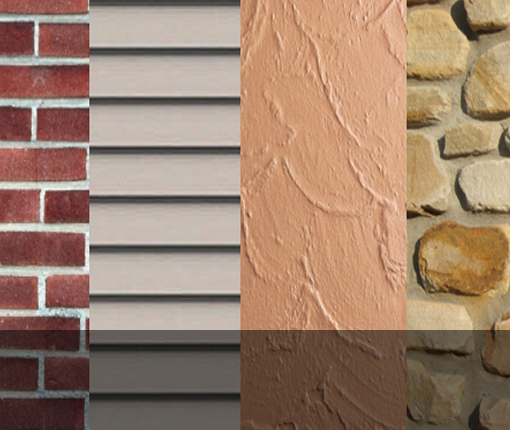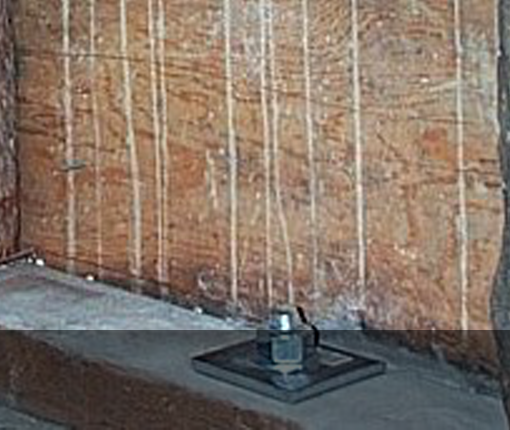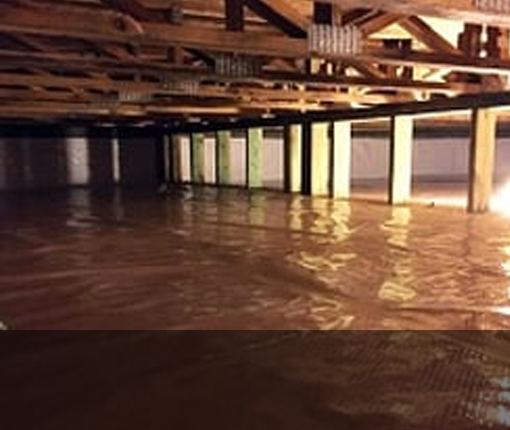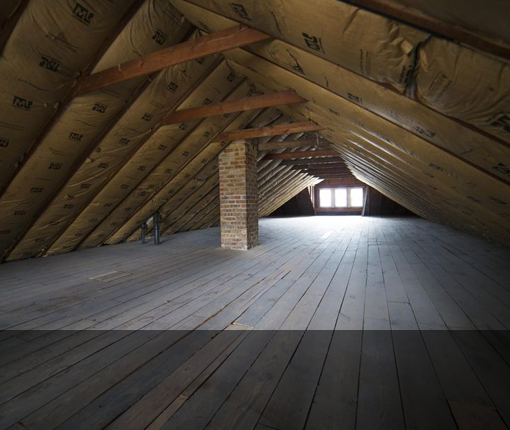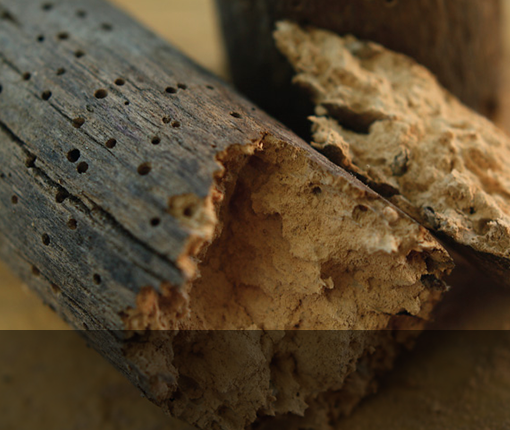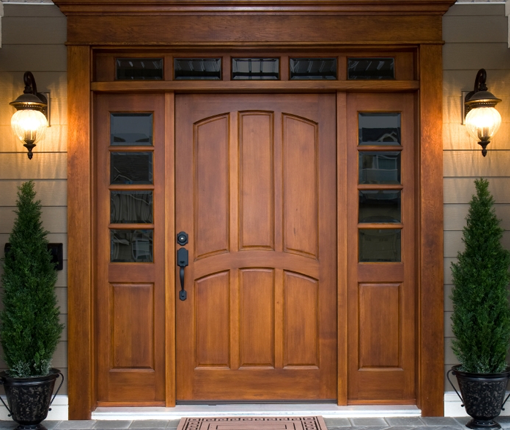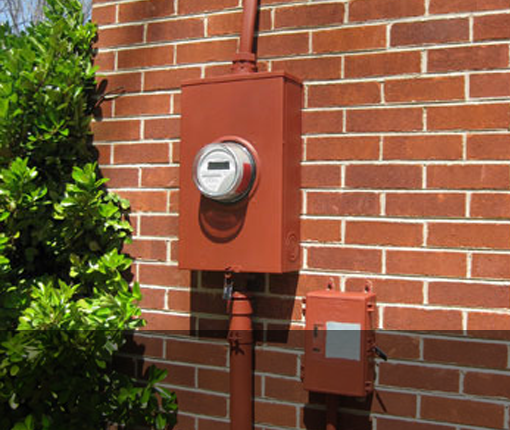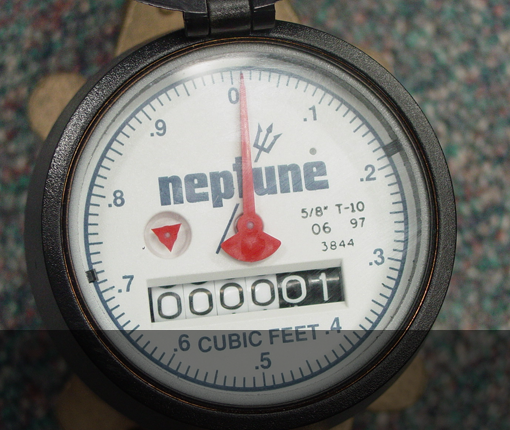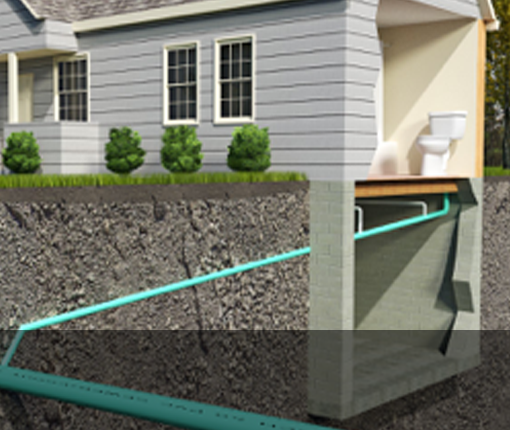How Not to Kill an Oak Tree
Time Travelers in your yard!
This morning’s news included a sad story of an enormous, 350-year old oak tree that had partially collapsed during the night. A giant section of the tree had peeled away crushing seven cars and trucks on the way down. It surely would have killed someone had it not gratefully happened in the very wee hours. Most of the tree is still standing. See video at right >
Summer branch drop
Another similarly sad and potentially dangerous event happened in June this year, when limbs fell from one of the oldest and largest remaining oak trees in Chico, California. As there was no collateral damage, the tragedy was much less publicized. These tree failures are a phenomenon known as summer branch drop and the height of the drop season is August. An interesting article was written about this by Brent McGhie, a master gardener in Butte County California in 2015 READ HERE
Branch drops are a bit puzzling at first glance. They are unrelated to wind or rain and most of the breaks appear to happen at healthy large horizontal limbs that extend laterally out beyond the tree’s drip line. Most of these limbs are not otherwise diseased, damaged or compromised.
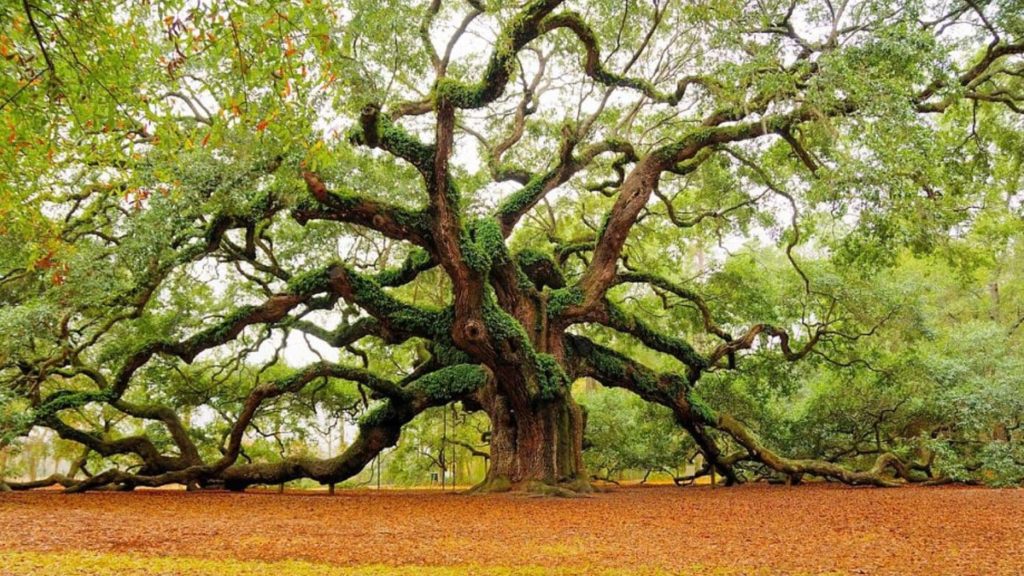
It turns out, that for this type of tree, the valley oak of California, shedding limbs over time is a natural occurrence. Oaks seemingly prune themselves this way. Sacrificing a limb helps keep the trunk balanced so it can continue to grow.
Valley Oaks, contrary to their enormous above-ground size, have shallow, intricately delicate root systems. During a ground softening rain, any imbalance in the weight of the tree could spell disaster. By shedding awkward limbs, the trees are taking care of themselves.
Survivors
The real story here is that these remaining enormous, majestic trees are survivors. The are the living veterans of a war with time. The San Francisco Bay Area and Sacramento Valley and beyond was once covered with these magnificent trees. Oakland was named for the thick oak tree canopy that early explorers found here. Oak trees dominated the land and provided safe habitat for dozens of species of animals, insects and even other flora.
Lack of species propagation
Many large oak trees are still around today but their numbers are shrinking. There is virtually no natural self-propagation of the species these days. Additionally, very few new oaks are being replanted to take the place of the ancients that have fallen.
We humans need to appreciate these trees more. An old specimen like the one that fell last night, began growing in the mid 1600’s. That is truly ancient in human terms. It means it is older than the US. It has survived all those centuries, in that single spot, enduring countless fires, earthquakes, floods, droughts and snow storms.
If you are lucky enough to have one of these fabulous survivors in or around your yard, you are truly blessed. Your oak tree has been home or host to hundreds of generations of squirrels, owls, song birds, and eagles. It has been touched or rubbed on by grizzly bears, coyotes, deer, elk, snakes, cougar and likely every species of animal known to have lived on the peninsula, including early native Americans…and you.
Within the rings of every tree is a secret database of information detailing every year of its life. This information is waiting there for someone who will care enough to read and be clever enough to transcribe what has been written.
Tree value
Every remaining heritage tree is a silent witness to nature and a patient watchman of the forest. These trees are valuable. They provide habitat, clean the air, enrich the soil and provide shade and shelter.
According to Jim McClenahan, patriarch of the 100 year old tree service company SP McClenahan Arboriculturists, “large oak trees in healthy condition can easily add $100,000 or more in value to a residential property.”
Summary
To protect the older heritage oaks some cities have enacted ordinances. But in other areas these trees are actually seen as a hinderance to progress. The best way to protect the remaining trees is to educate land and home owners about the rare value of their trees and show them easy ways to not cause them harm. Without some knowledge, it is easy to accidentally kill a tree that took 300 plus years to grow.
You must remember that oak trees are adapted to live in a world that no longer exists. If you have a tree like this, call a local tree expert for specific advice on its health and how to properly take care of it now and in the future.
[embedyt] https://www.youtube.com/watch?v=dY0Qro4zAn8[/embedyt]
Oak Tree FAQ’s
- An oak tree root system is extensive and shallow.
- The ground around the outside edge of the canopy is referred to as the dripline and is especially important. This is where the tree absorbs most of its water and breathes air.
- Any change in the soil level or soil density around an oak tree can have a negative impact. The critical area is 10 feet out from the trunk. Protect that area and do not allow driving, parking, soil work or storing anything there.
- No non-porous sidewalks, driveways, patios or other paving inside the dripline and nothing at all closer than 15 feet from the tree trunk.
- Do not plant lawns or overwater any vegetation around your oak tree.
- The oldest oaks in the country range from several hundred to over 1000 years of age.

















